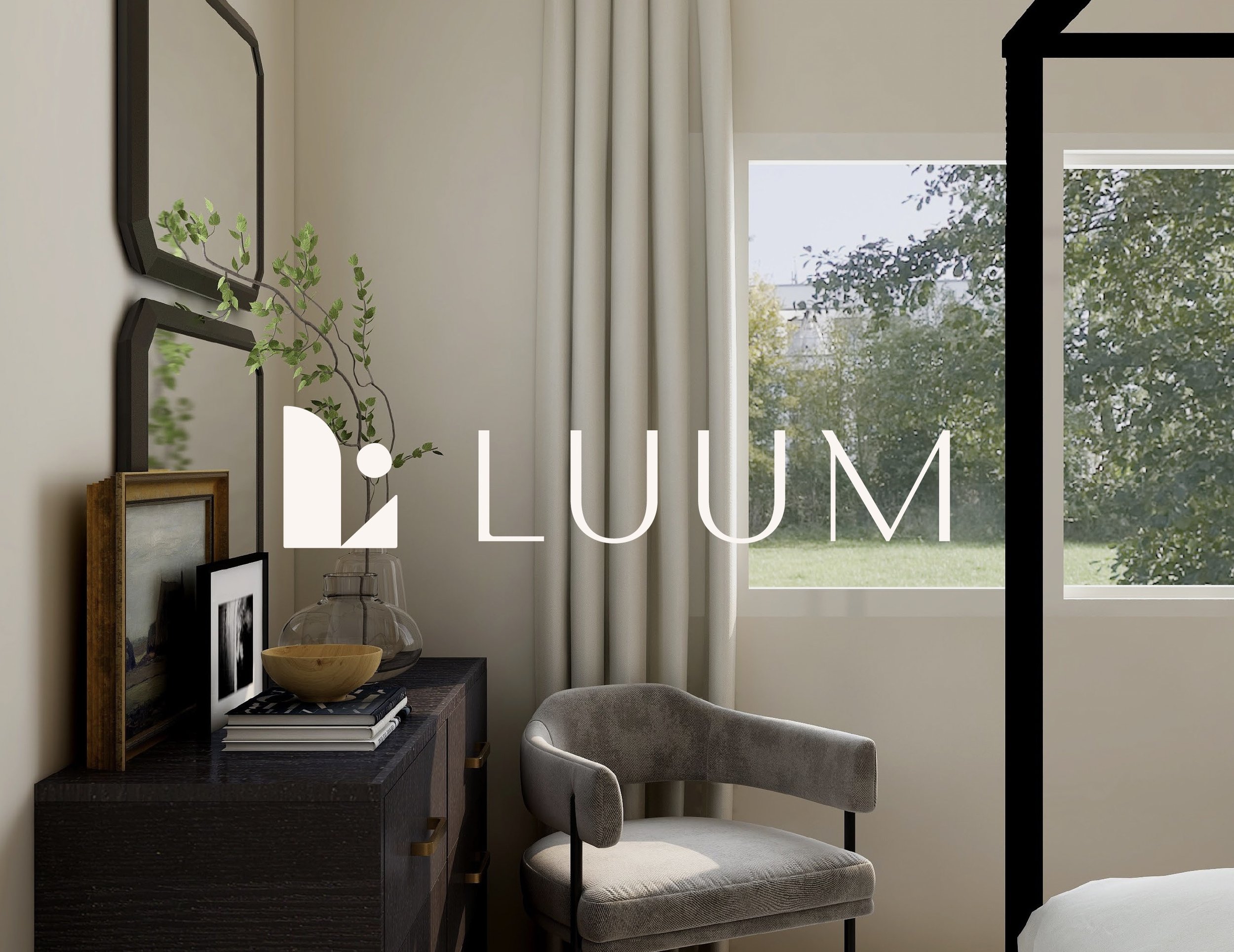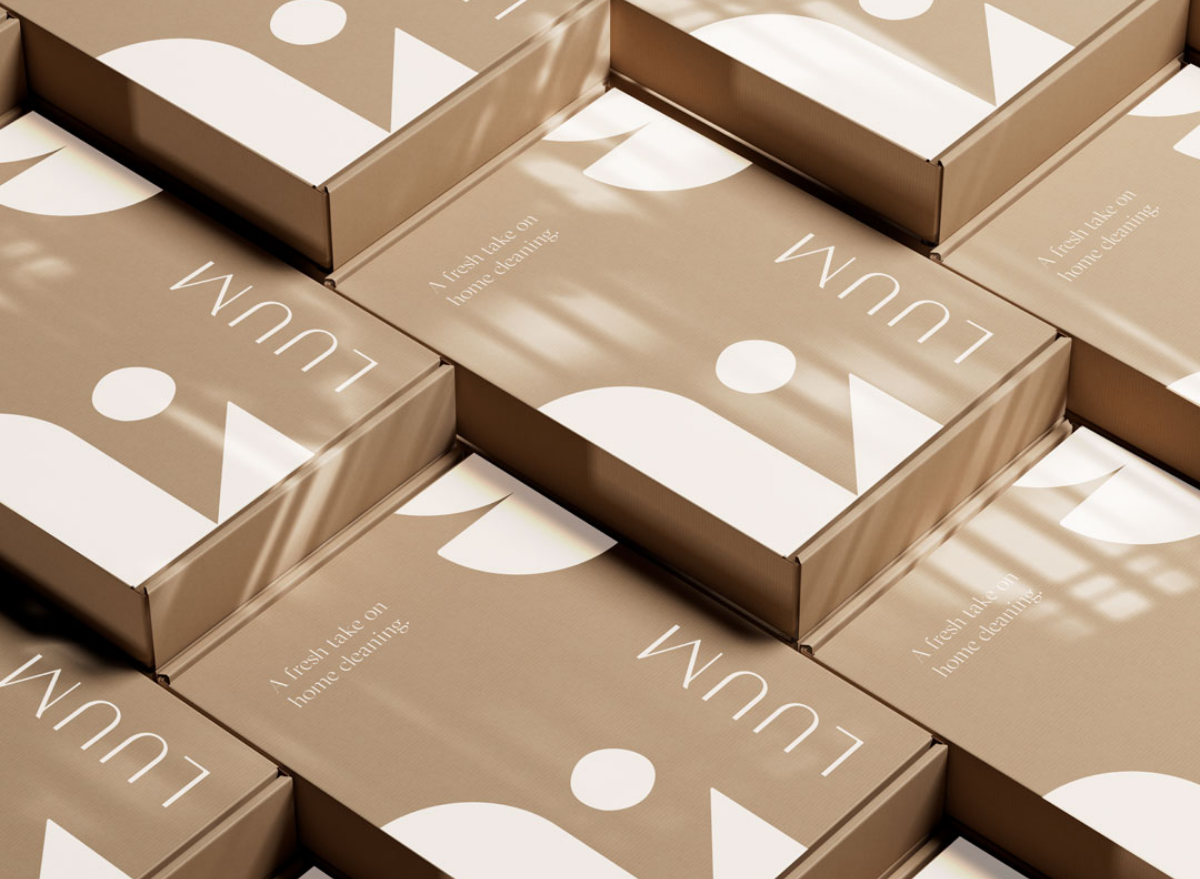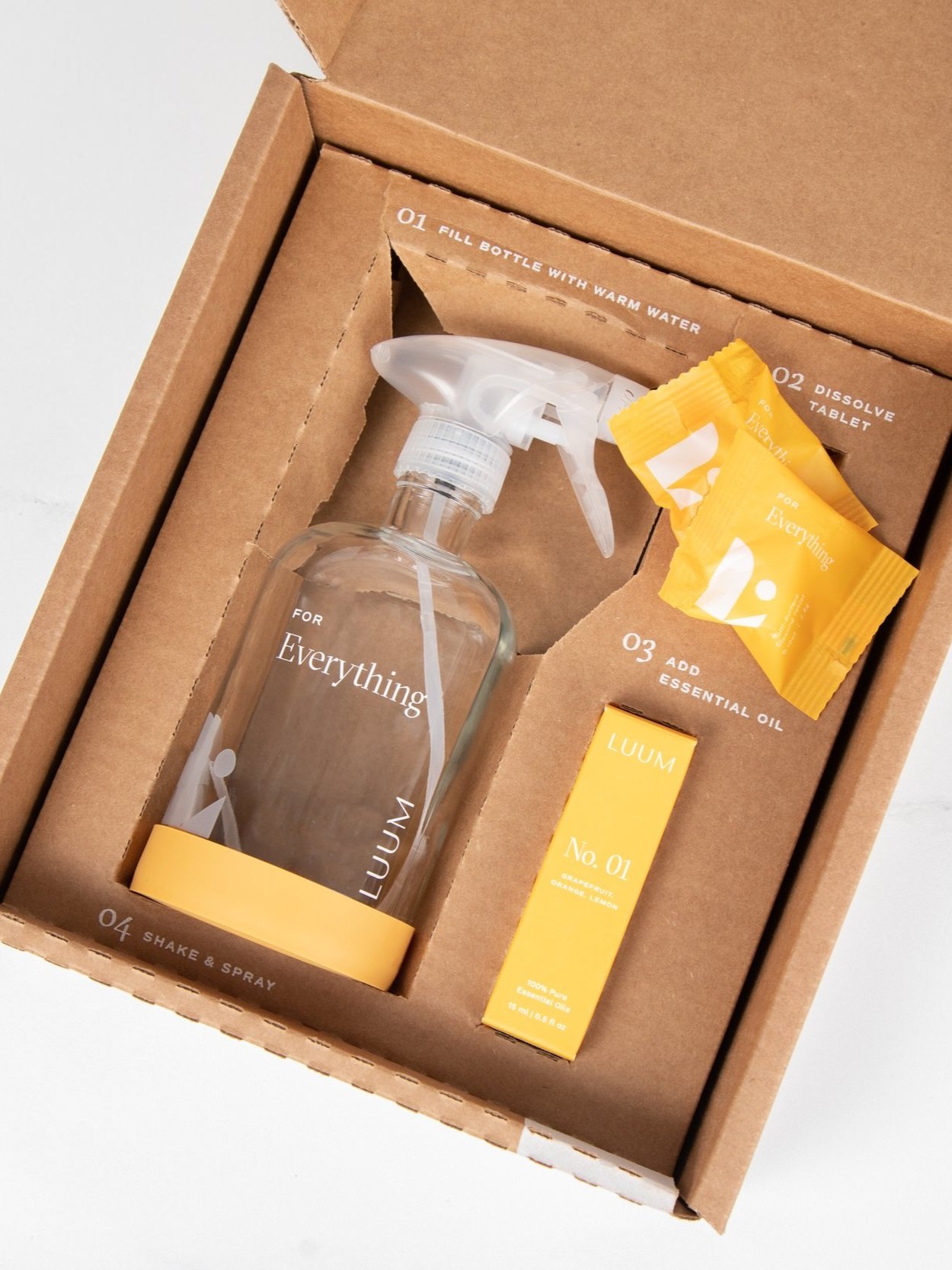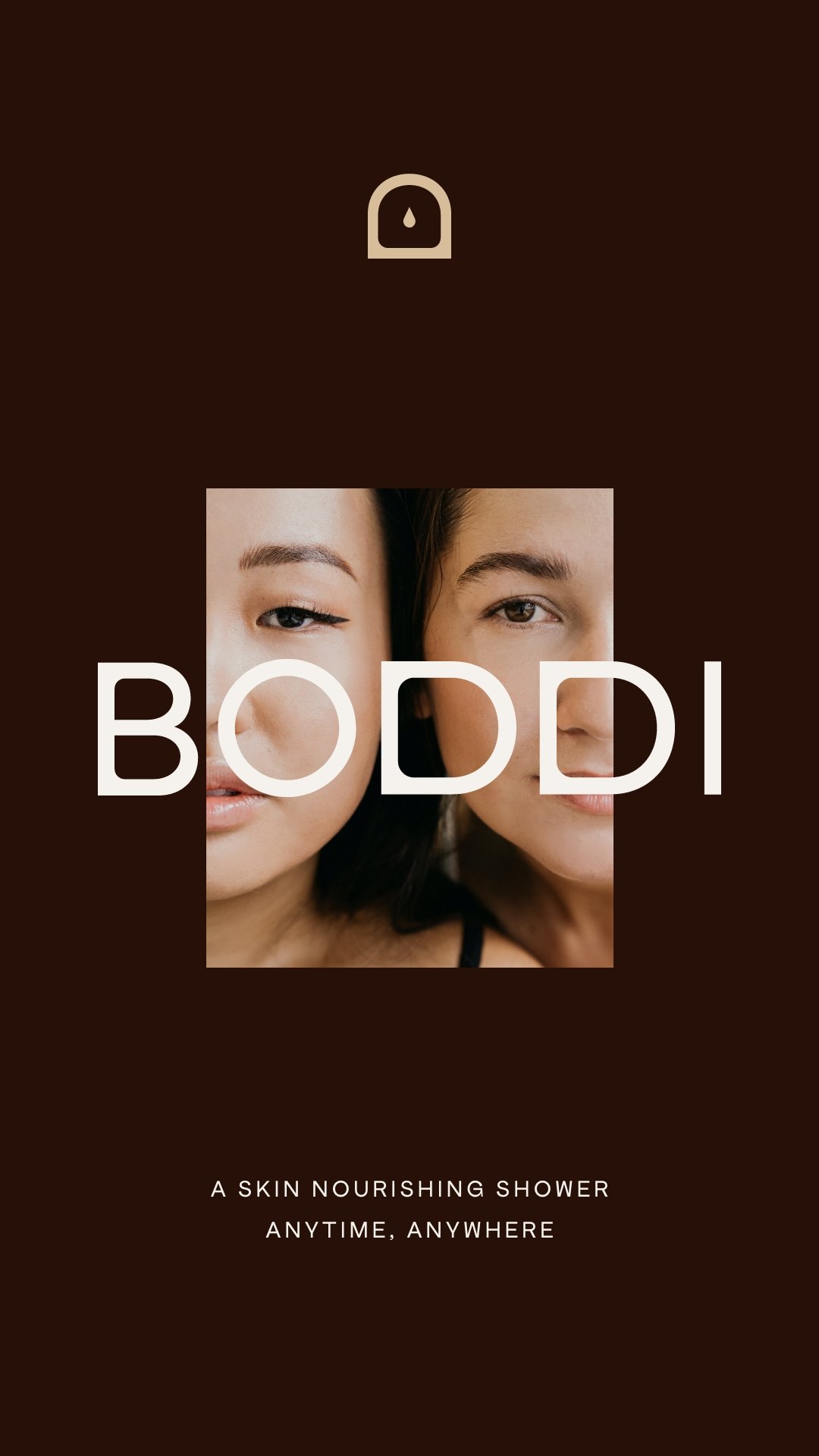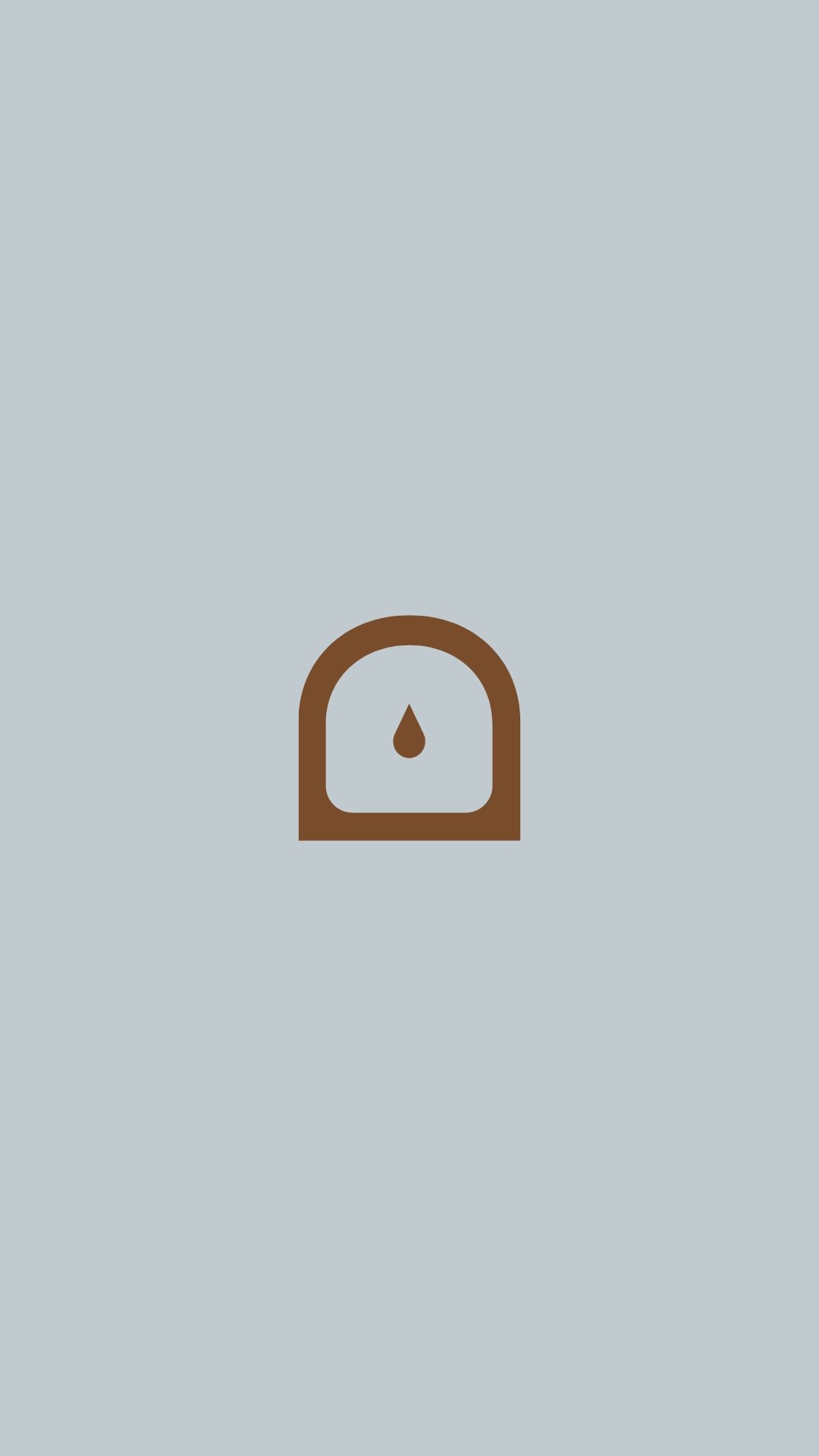How to Build a Successful Product Brand in 2023
Does it feel like your brand is disappearing within its own crowded industry?
After putting so much heart, work and money into developing amazing products, it can be frustrating when it feels like nobody is searching for or finding your product or ecommerce brand. You know that the products your brand offers are the best of the best - shouldn’t everyone else?
With new businesses and trends popping up daily, product brands like yours are competing more and more for customers. So, you might be thinking, “Wayfarer, what’s the most effective way for me to beat the competition and ensure my product stands out?”
And we’re glad you asked, because we have two simple, yet oh-so-sweet words for you: intentional branding.
3 Key Questions to Help You Build a Successful + Memorable Brand in 2023
01 / What specific problem does your brand solve for its customers?
Every business starts by solving a problem! However, in order to build a truly memorable brand that connects with people, you’ll need to dig just a bit deeper than that.
We at Wayfarer work through the problem-solution process with our clients during our first brand discovery call. Here’s a sneak peek at how that conversation might go:
Q: What obvious problem are you solving?
A: My product helps people _________.
Q: Ok, and how does _________ impact their daily life?
A: It allows them to _________.
Q: And why is being able to _________ important for them?
A: Because everyone wants to _________.
While it might feel meticulous and potentially even overwhelming, we encourage you to go as deep with this exercise as you can. More clarity around these questions will help you use your branding to connect your products with your target audience!
02 / What values drive your business?
In other words: what do you want to be known for as a brand? What core values will guide your decisions, as well as the overarching direction for your business?
You might think of your business as the conduit that shares the products you create with your intended audience. But the truth is that your audience is more likely to remember your brand for its core values, and the things it does for the world - not your products.
Does that mean that every product-based business has to have a huge, earth-changing mission? Of course not! But your brand’s core values and its direction are what will serve to build an emotional tie with your audience.
When you can clearly identify your values and effectively communicate them through your branding, selling becomes easier. In your customer’s eyes, they aren’t being sold to - they’ve found someone who cares about the same things that they do. That emotional pull is what urges them to take that next step of joining your email list, following your Instagram account or even buying your products, so that they can become a part of what you’ve created.
As an example, our client LUUM’s brand values were simplicity, premium design and positivity. When we created their logo, we opted for a simple yet elevated font to help capture those values. We then added an icon with an uncomplicated shape to create a landscape scene of a sun rising above two hills, which illustrates their tagline: “Make everyday a little brighter.” That unfussy icon serves to convey a positive vibe, while also doubling as a “L” monogram!
As you can see, a lot of detail and thought goes into even the most simple branding. Without well-developed values and direction, it’s nearly impossible to achieve a brand that speaks to your audience while also remaining memorable.
03 / What is your brand’s personality?
If your business were a person, how would it behave?
Would your brand be loud and confident, or quiet and calm? Would it enjoy pop culture references and witty one-liners, or more thoughtful and understated content?
The personality behind your brand plays a huge part in your business’ visual branding, from fonts and colors to the tone of your voice in your social media posts! You’ll want to establish early on which personality traits align with your brand, as well as which ones don’t. (And honestly, the “don’ts” can sometimes provide the most clarity!)
Take note of the personalities of your competitors. How does your brand personality differ from others in your industry? And how can you make that differentiator more apparent through your design and marketing decisions?
Our client BODDI’s brand personality was kind, welcoming, and just a bit rebellious. We opted for a bold, all uppercase font for their logo that would convey that confident and rebellious aspect of their brand. Then, we rounded some of the inner corners of the letters to keep the logo feeling welcoming and kind.
A subtle change in font or type can make all of the difference in evoking the emotion and meaning you want to communicate with your customers. Just imagine how much more can be done with a thoughtful and strategic color palette, brand pattern, packaging and other collateral!
Solution, values, personality
When these three things come together, they work to establish your brand’s place within even the most crowded industry, while also serving as a roadmap for any future decisions you make for your branding and marketing. Our last piece of advice? Start asking yourself (and answering) those questions we shared now. You’ll be glad you did!
Having trouble establishing your brand + finding a clear direction?
We’re here to help! Click here to learn more about our branding services.

